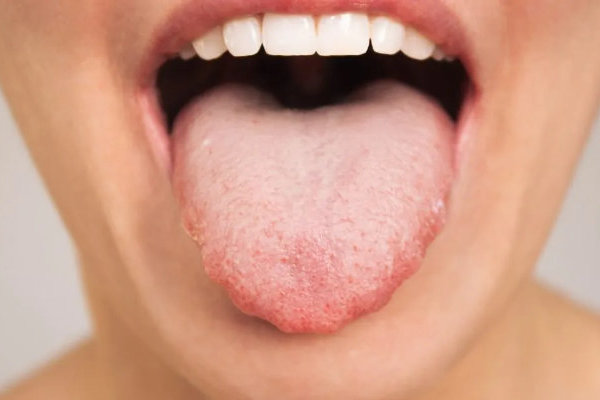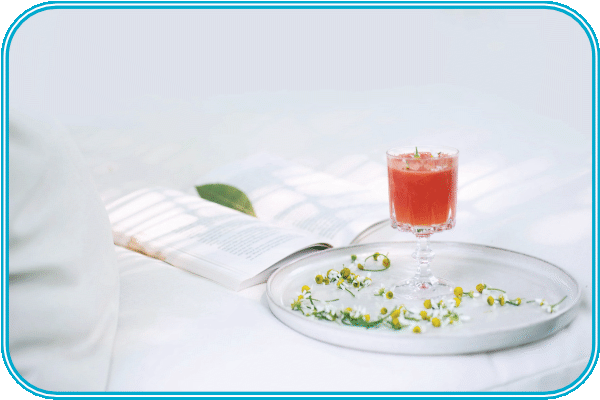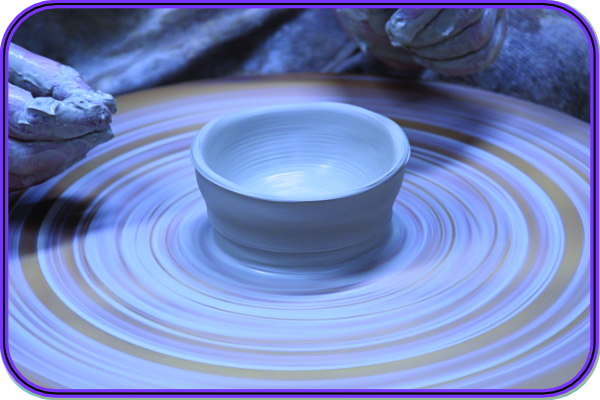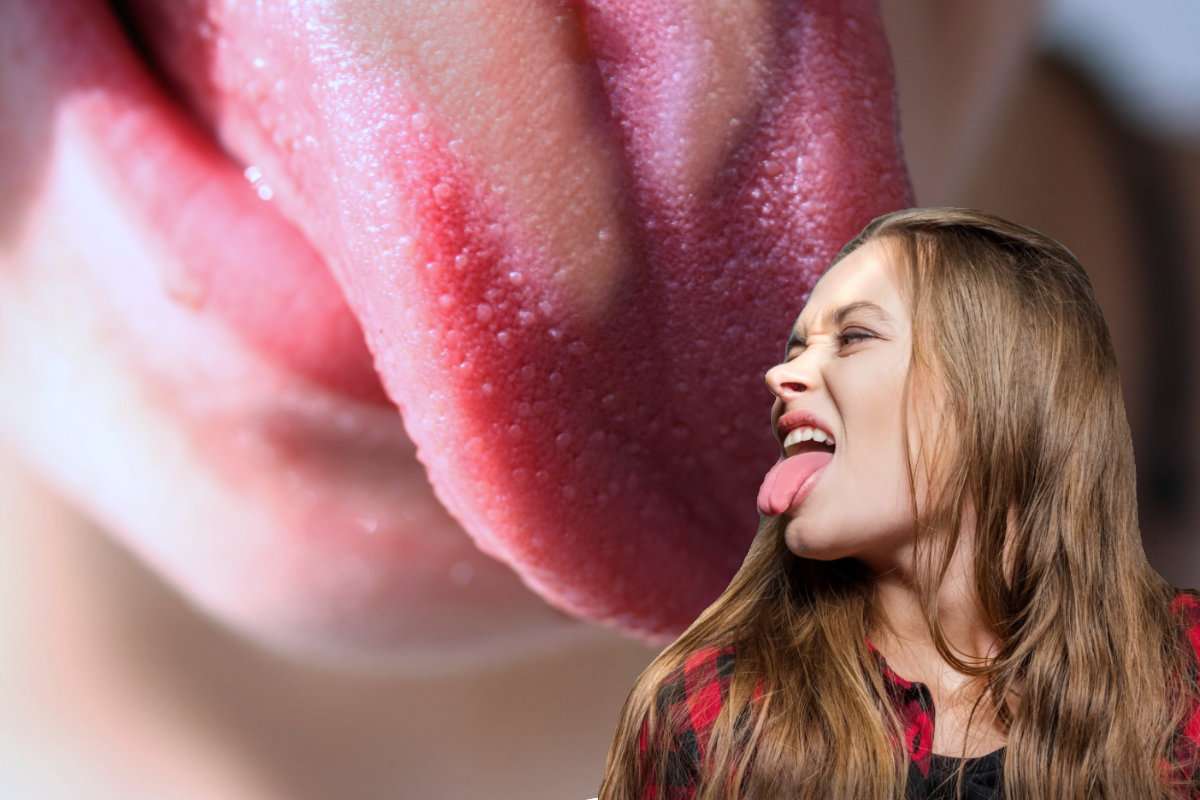An essential TCM diagnostic tool
Chinese physicians make extensive use of tongue examination. It forms an integral part of his diagnostic tools, along with observation, questioning, palpation and pulse taking. This tongue examination is based on a holistic vision of the human body as unified and harmonious, with each organ and function interdependent. In this context, the tongue is seen as a microcosm of the body.
The ancient Chinese observed that by examining the tongue, one could gain insight into the state of the internal organs and meridians. Classical texts of Traditional Chinese Medicine (TCM), such as the Huangdi Neijing – The Yellow Emperor’s Internal Classic – explain that the tongue reflects the individual’s Qi (vital energy) and Blood. The shape, color and texture of the tongue reveal information about the health of internal organs such as the heart, spleen, liver, lungs and kidneys.
This diagnosis, which dates back thousands of years, helps to understand energy imbalances in the body. This approach makes the tongue examination a fundamental pillar in Traditional Chinese Medicine (TCM) for assessing a person’s overall health.
What can we see on the tongue?
By observing the tongue, we can assess the deep roots of the body and mind at the origin of energetic imbalances detrimental to health.
The tongue of a healthy, “normal” individual is bright. It is light red in color and supple. It is neither swollen nor too thin, has no cracks, and should not tremble when pulled. The coating is thin and slightly white, a little thicker behind the tongue. The tongue is slightly moist, but not overly so; no traces of liquid should be visible. The sublingual veins (under the tongue) should not be swollen or too purplish.
In this way, the Chinese doctor diagnoses the state of the organs according to the color of the tongue, its shape, the state of the body fluids, as well as thermal syndromes.
A map of internal organs
- Location of internal organs: The tongue is divided into zones corresponding to the various internal organs. For example, the tip of the tongue is associated with the heart, while the center represents the spleen and stomach.
- Color: The color of the tongue reflects the state of Qi and Blood in the body. A pale tongue may indicate a deficiency of Qi or Blood, while a bright red tongue could suggest excess heat in the body.
- State of body fluids: The appearance of the lingual coating (the layer on the surface of the tongue) reveals the state of fluids in the body. A thick or absent coating may indicate fluid stagnation or dryness.
- Thermal syndromes: the color, texture and structure of the tongue help determine whether the disease is caused by excess heat or cold in the body.

Benefits of the tongue examination
Tongue examination offers several advantages for TCM diagnosis:
- It is non-invasive. The examination allows practitioners to gather information about internal health without the need for intrusive tests.
- The assessment is holistic. In effect, the state of the whole body through a single organ is examined. The language reflects the health of the various systems, enabling a global assessment.
- It gives precisions to the energetic diagnosis. The different aspects of the tongue enable us to diagnose specific imbalances, such as excess heat or cold, Qi stagnation and blood deficiencies.
- A powerful aid to follow-up. Observing the tongue enables us to monitor the consultant’s progress. It enables us to see the progress of a treatment and to adjust care according to visible changes.
It’s fair to say, then, that the examination of the tongue in TCM is an art. This refinement in the art of healing provides access to a subtle understanding of internal imbalances. Mastery of this art is a powerful tool for interpreting the body’s signs. Complementing the other axes of diagnosis, it reinforces the link between external signs and energetic health.
Key observation points
During the examination, several aspects of the language are analyzed, each revealing valuable information about the individual’s internal state.
- Colour
Bright red: excess heat or inflammation in the body.
Pale: deficiency of Qi or Blood, often associated with fatigue or weakness.
Purple or bluish: blood stagnation, which may be linked to chronic pain or poor circulation.
Yellow: excess heat, often related to the stomach or liver.
- Coating
Thick: often indicates stagnation, fluids or an imbalance in digestion.
Thin: suggests good digestion and fluid balance.
White: sign of cold in the body.
Yellow: indicates excess heat.
- Shape
Swollen: spleen deficiency or accumulation of fluids in the body.
Thin: deficiency of blood or body fluids.
With teeth marks: spleen Qi deficiency (see photo below).
- Moisture
Dry: sign of heat or deficiency of body fluids.
Wet: reflects a good balance of body fluids.
Viscous or with stringy saliva: may indicate stagnation of body fluids.
Clinical case

A consultant’s tongue is slightly bluish, with a thick, moist yellow coating. There is also a crack in the center of the tongue. The pulse resembles a kind of elusive wave to the touch, and is said to be slippery. (A slippery pulse is fluid, like water flowing under the fingers. It often has a livelier cadence that reinforces the impression of continuous movement).
What is this person suffering from, and how can it be treated?
In Chinese medicine, a slippery pulse (滑脉, huá mài) associated with a thick, moist, yellow lingual coating often indicates an accumulation of moisture and heat, especially in the spleen and stomach.
A bluish tinge to the tongue, on the other hand, may indicate blood or qi stagnation, often linked to cold or disrupted qi circulation. The central fissure is generally linked to weakened spleen and stomach energy, which may be exacerbated by humidity and heat blocking their function.
Based on these signs, it seems likely that the person is suffering from what is known as a “humidity-heat syndrome” with a deficiency of the spleen and stagnation of qi or blood.
Principles of treatment
Treatment would aim to:
- Eliminate humidity and heat from the body.
- Strengthen the spleen to restore its capacity for transformation and transport.
- Circulate qi to relieve stagnation.







0 Comments